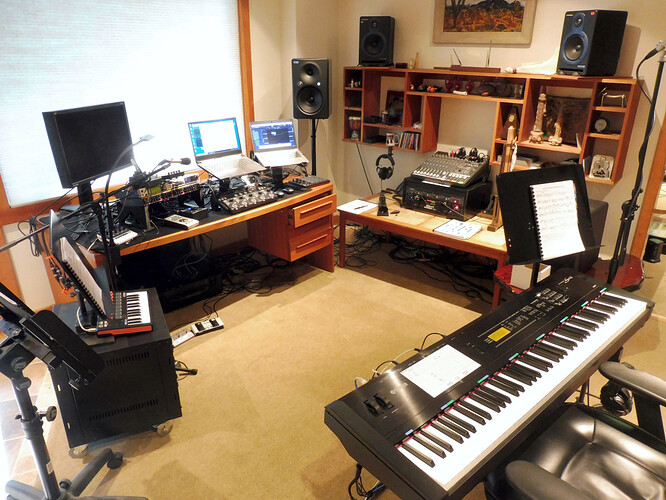Guys, I think we have a bit of confusion here. Let me try to clear things up (or confuse you even more):
Let’s separate two things: a) Cantabile licensing (legal) and b) Cantabile configurations and activation (technical)
Regarding licensing, I think @brad couldn’t be clearer in his guides:
Cantabile’s license agreement allows installation on multiple PCs - so long as only one instance is used at a time.
So this means that I can have Cantabile installed and activated on as many PCs as I wish, but I can only use one instance at a time. So if I used it in parallel on my studio PC and my live laptop, I would violate the license terms
Regarding activation (the technical side of things), @brad is pretty pragmatic, so you can activate a number of installations (multiple machines) and configurations (/config:abc) without running into issues. You don’t “burn” licenses with multiple activations.
Now on @Organist’s original post: running multiple instances of Cantabile on the same machine may fall into an undefined area, since the license statement is mostly concerned with instances on multiple physical machines, e.g. a rack of PCs, each running Cantabile.
So it might be a bit of a legal hair-splitting area to say if running multiple instances of Cantabile on the same machine would be violating the license terms. But I would assume that @brad would be OK with that kind of usage - after all, it’s pretty much like having multiple instances of Word or PowerPoint open on the same machine, so in the sense of fairness and common sense, I hope @brad would allow that. @brad, maybe you can comment?
I use multiple configurations of Cantabile on all of my machines (for different bands and hardware configurations), and yes, I need to activate them all separately. But that has never been a problem - and again, it doesn’t “burn” any licenses, so feel free to activate away!
Cheers,
Torsten

